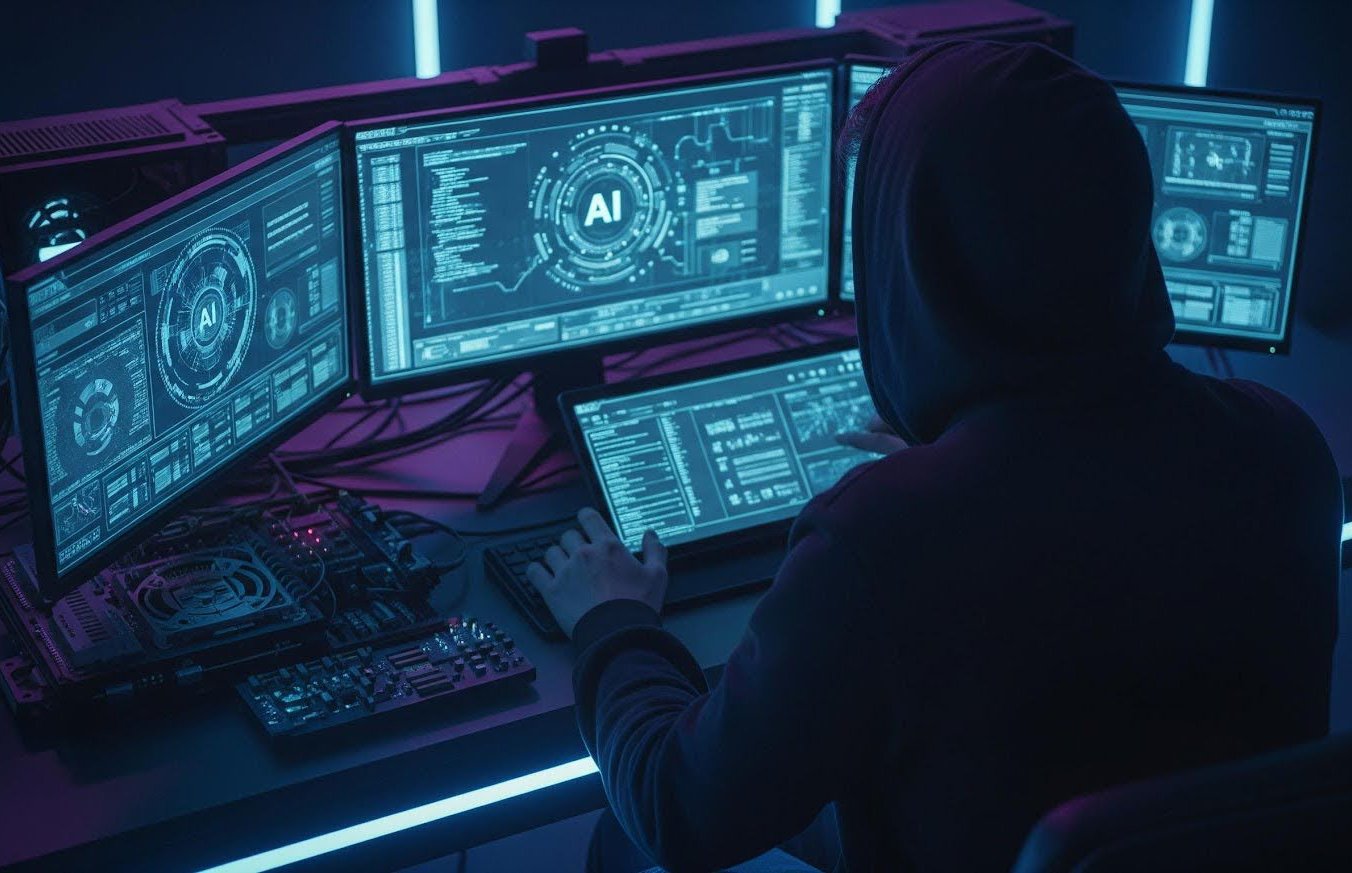
After a successful ERP go-live, most business leaders want to take a hiatus from the intensity, expense, and disruption of managing implementation and the furthest thing from their mind is optimizing their new software. However, before a new system can truly revolutionize business operations, executives must freshly consider the organization’s strategy with the new possibilities available to them with more modern software. In this episode of The ERP Advisor, resident ERP expert, Shawn Windle, will lay the groundwork for reimagining the future of your business with a roadmap of post-go-live optimizations.
A Roadmap for Post-Go-Live Optimization of Your ERP System
Business executives often want to take a hiatus once they reach ERP go-live because of the significant work and resources spent to implement their new solution. Unfortunately, this means that many businesses neglect to optimize their system post-go-live and ultimately fail to get the benefits they REALLY hoped for.
Revisit Your ERP Strategy & Best Practices for the Future
Upon going live, it is important for a team to look back at all they have achieved at the end of Phase 1. You made it! This reflection should take place after the second month-end to evaluate what the business went through and understand where they are now versus where they were. But then what?
First and foremost, project sponsors must ensure they have adequate support in place. Implementation partners will likely pitch support over the course of the project, but if not, customers should negotiate to contract their support for six to twelve months. It is best to negotiate a time & materials (T&M) support structure; however, some partners will only do a fixed price for a minimum number of hours per month. Your support team will often be different from your initial implementation team, so be prepared for that change.
It is also important to engage with high-quality resources that will bring value to supporting you, and it is always a bonus if the assigned resources are familiar with the company’s specific ERP instance. Additionally, leaders will need to evaluate the business’s internal support requirements. Many projects require an internal support person or team, and it is best practice to have a dedicated internal resource leading the optimization project.
ARE your original criteria for success being met with your new ERP?
An important beginning step to the ERP software optimization process is identifying how the new system meets or falls short of the organization’s original goals. Start by examining the initial business strategies and evaluating any necessary or desired functionality that was not realized in Phase 1. Often, there were not enough resources to accomplish all goals in Phase 1, which is okay.
Once leadership has determined points of contention, they should also speak with users to find out what they are frustrated by. Users are often already sharing their concerns, but it is leadership’s responsibility to listen and round up all the observations. Once you document the gaps, prioritize enhancements for “now,” “within a few months,” or “later” completion categories.
Tip: Read release notes to see what the latest functionality updates are in your software and what you can leverage moving forward.
Scoping Immediate Gaps with Implementation Partner
Businesses can rely on knowledgeable subject matter experts (SMEs) to scope the gaps categorized as “now” priorities with your support partner. Ideally, the partner will incorporate these enhancements into a support plan, especially if the support is under a fixed fee.
Mid-size company project sponsors should limit the support to 100 to 300 hours and avoid making major changes, at least not yet. In fact, this is the best practice for most companies because the budget may be tight following the completion of an ERP implementation.
If an organization has an internal ERP specialist, this is a great time for them to shadow the implementation partner’s work to learn more about your ERP and software strategy, allowing you to transition some of your support to them in the future.
Begin Tracking Your Software Contract Early
While the negotiations and processes are fresh in the minds of project leaders, they should record the modules and the number of user counts they purchased, as well as the contract terms, payment schedules, renewal caps, or anything else that will be important down the line.
It is also important for you to record contract renewal dates in your calendars and set a reminder for a minimum of six months prior to contract renewal. This will give you ample time to prepare for successful ERP contract renewal negotiations. You should also negotiate renewal caps, especially for shorter length contracts.
Develop a Software Change Process
When you reach the point of software change process development, gaps in functionality and other missing criteria should already be documented. With all foundational pieces in place, it is important for the team to determine whether their newfound stability means they should briefly pause development or keep going. Most organizations will choose to pause because they have other priorities or have spent their ERP budget.
Regardless, there will be additional ERP needs that leaders should stay ahead of by developing a software change process now. This will encourage a better realization of your ERP’s potential, and documenting everything while the implementation is still fresh will ensure you have a good plan for quick-hit optimizations once your budget and priorities permit.
Account for ERP enhancements within your annual budgets as soon as it is operationally realistic. The amount will vary by organizational size but should account for at least one hundred thousand dollars, or around 40 development hours per month.
Additionally, we recommend developing a Change Control Board, comprised of SMEs from major areas of the business, assigning one of the SMEs to lead the board (potentially the company’s ERP Specialist). Each departmental SME should track enhancement requests and present them to the board. The board leader will then accumulate all enhancement requests and set priorities, allowing the board to modify and approve the roadmap based on these requests. Once in place, the lead can work with the support partner to develop the project scope together, ultimately running the project and working closely with the SMEs that will be affected by the enhancements. These initial steps will ensure the rapid launch of optimizations once the funds and resources are in place.
Tip: There will be additional work, so plan for it!
Perform New Analysis of Gaps in Processes
Once the most basic enhancements have been prioritized, it is important to identify opportunities for specialized enhancements. The most common enhancements include:
- Sophisticated bolt-ons and modules (i.e., Advanced Planning).
- Additional integrations.
- Reporting and analytics tools.
- Process automation.
- Artificial Intelligence.
Conversely, tactical needs should not be the only drivers for ongoing ERP enhancements. You should also look for opportunities to extend the new ERP to external parties if applicable, which may include:
- Implementing omnichannel e-commerce solutions.
- Building next-generation EDI integrations with vendors.
- Providing ERP data visibility and process execution capabilities to partners.
- Building deep integrations with financial institutions.
These additions are extremely valuable, so it is important to not overlook implementing these products post-go-live. Benefits can be realized through resource planning and better real time data visibility. While the ERP will offer transformative functionality and organization to your business, there are always opportunities to further deliver value, especially within nuanced areas of internal and external specialized business processes.
Identify Any Gaps with Technical Support
The next step is to identify any gaps in technical staff and future staffing requirements. These requirements extend across in-house staff, the support firm, staff augmentation, and more. Identifying key in-house staff helps uncover which resource gaps need to be filled.
For any project, it is vital to have the best, most reliable resources to ensure success; resources that will vary depending on business requirements. Organizations that have planned a high quantity of ongoing enhancements will need more internal technical staff. Additionally, the more complex the enhancements will be, the more external, expert resources the project will need, which requires a greater financial investment. We recommend avoiding hiring internal or external resources until organizational needs are thoroughly understood
Conclusion
Optimizing your ERP system post-go-live is no easy task, especially after undergoing the full length of your implementation. It requires ongoing, committed financial and people resources to realize your organization’s ERP goals. It is best to start with vital enhancements and go from there. However, keep in mind that this is not a race, it is about positioning your business for future success. Above all, the right resources are crucial to your ongoing success, so do not hesitate to reach out for guidance from our expert ERP consultants. Schedule your free consultation with our team today!





